The artillery bombardment of Paris in 1918
During the First World War, European cities for the first time experienced bombing attacks from the air using the first airplanes and airships. But on March 23, 1918, residents of the French capital were faced with another danger. In the morning, explosions began to be heard in different places in the city one after another, while the weather was clear, there were no planes or airships in the sky. The gloomy Teutonic genius, several decades before the advent of the Fau rockets, came up with a way to reach the enemy capital.
Unexplained bombings in Paris
Early in the morning of March 23, 1918, the inhabitants of Paris, living in the area of the Seine embankment, were scared by a strong explosion. A cloud of dust, fragments and stones of the embankment rose into the sky near the house number 6 at a time when soldiers from a platoon of sappers were passing by. The military quickly orientated themselves and lay down, but there were still victims. Two people died, another five were injured. The first explosion in the city thundered at about 7:20 in the morning. A little later at 7:40 a blast was recorded at Charles V Street, the corner of Botreilis Street. Four people were killed here, nine were injured, and a taxi car was seriously damaged by the explosion.
Subsequently, explosions throughout Paris continued, they were noted in the area of Strasbourg Boulevard and near the city's East Station. The first explosions almost paralyzed the business life of the capital. The situation was aggravated by the fact that during these morning hours the weather was fine, so there were already quite a lot of people on the streets of Paris. In the following days, part of the population of the French capital rushed away, trying to move away from city blocks.
In the evening of the same day, the radio station located on the Eiffel Tower informed the inhabitants of France that several German planes managed to break through the Allied defense lines and drop bombs from Paris from high altitudes. For several hours, the news of the bombing of the French capital flew around the globe with the help of telephone and telegraph. It should be noted that telephone communication played a very important role in these events, but we will talk about this later.
Explosions thundered in the city all day until nightfall, there were 21 in total. At the same time, according to official figures, 15 people were killed and another 36 were injured. It is worth noting that Paris had already been subjected to raids by German bombers and airships, but since the moment when the Allies deployed large fighter forces near the city aviation, such raids almost stopped, this happened back in 1915. With the gradual appearance of American fighter jets near the city, the very idea of such air attacks became more and more suicidal.
The next day the explosions were repeated, while many finally realized that it was not at all in the enemy’s aviation. There were practically no clouds in the sky again, no one saw either planes or airships over the city. The collection of fragments at the site of the explosions and their study led to the conclusion that artillery shells were torn in the streets. But where is the fire coming from? After all, the front line passed from the city at a distance of about 100 kilometers ...
The unusual situation very quickly led to the appearance of a variety of rumors. Someone believed that a whole network of saboteurs was operating in the city, someone believed that the Germans were using new planes that climbed to a hitherto inaccessible height. A separate rumor was received that the shelling was carried out from the vicinity of the city, and for this purpose a certain pneumatic gun was used. One way or another, for several days both the police and journalists really rushed around the city in an attempt to unravel the mystery of mysterious explosions. At the same time, experts quickly determined that we were talking about artillery shells. So the appearance of the police in the vicinity of Paris could be explained not so much by the search for a mythical nomadic weapon as by the search for German spies and spotters, who apparently were in fact in Paris.
Shells from the stratosphere
When creating their long-range gun, German designers took advantage of the fact that air resistance in the stratosphere decreases, so a projectile flying at high altitude can fly much further. Moreover, a similar method of shooting was known in the Russian Empire. Back in 1911, this method was proposed to be considered by a military engineer Vasily Mikhailovich Trofimov. The Russian military department rejected the project proposed by the engineer. But the Germans became interested in such a concept over time, while German designers might even get acquainted with Trofimov's articles, which were published before the start of World War I.
Especially for the shelling of Paris at the Krupp factories a huge gun was made, the weight of the complete assembly was 256 tons, the service team was 80 people. The barrel length of the 210 mm gun was approximately 32 meters. The mass of the barrel is about 138 tons. To keep the relatively thin trunk of such a monstrous mass, which simply caved in under its weight, a specially designed cable system was used. The Germans spent more than 200 tons of gravel, 100 tons of cement and about 2,5 tons of wire reinforcement to arrange the first firing position in the forest near the village of Krepi. Special trains were specially developed for transporting the guns.
Shooting from the "Paris Cannon", which went into history as well as "Colossal" and "Kaiser Wilhelm Tube", was conducted with an elevation angle of 52 degrees. The shell described a huge arc, the highest point of which was about 40 kilometers. Ammunition traveled the distance to Paris in 176 seconds, of which almost two minutes flew in the stratosphere, and shells fell at the target at a speed of about 922 m / s. Before the invention of rockets, the shells of this gun owned both a record for flight altitude and a record for the duration of stay in the stratosphere - about 100 seconds.
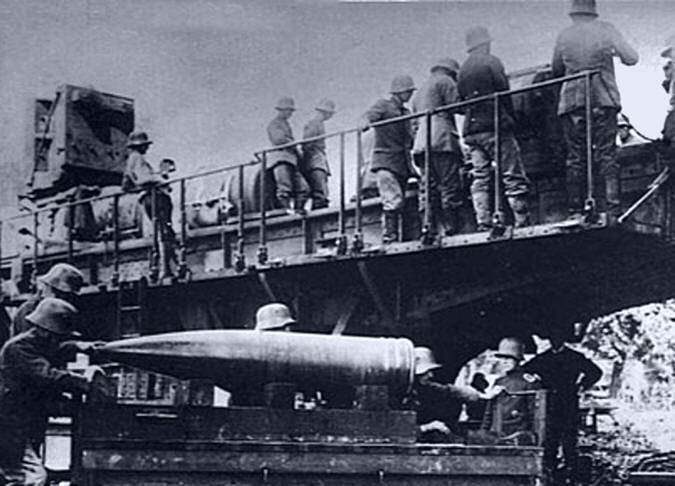
Soldiers charge the "Paris gun"
The gun’s feature was heavy barrel wear, for the “Paris Cannon” German factories produced seven barrels. It was believed that the resource of one barrel would not exceed 65 shots. In this case, after each shot, the caliber of the gun increased slightly. For this reason, all the shells were made taking into account this feature, they were specially numbered and fired strictly in the allotted sequence. The weight of the projectile was approximately 120 kg, of which only 15 kg came from explosives, the weight of the used powder charge reached 200 kg, and the maximum firing range was up to 130 km.
How did the Germans adjust the fire
Already during the First World War, all the warring parties appreciated the possibility of adjusting artillery fire with the help of the first aircraft, airships and balloons. However, the Germans could not use such equipment because of the remoteness of Paris from the front line and the strong fighter cover of the city. At the same time, the accuracy of their long-range gun was small, which was compensated by the size of the target being fired. Even during the Second World War, German V-1 shells and V-2 missiles could still only effectively hit area targets.
Nevertheless, the possibility of adjusting the fire and making corrections during the shooting was important; the Germans were also interested in the results of the shelling. It is believed that the German spy network in Paris was responsible for adjusting the shooting of the Kaiser Wilhelm Pipe. Later, the French police even found an attic in the city, to which a telephone cable was secretly laid, but they could not catch the spy.
German spies could either directly transmit information about the events in Paris to recipients on the Franco-Swiss border, or through an agent network. Thus, the newspaper Nezavisimoye Voyennoye Obozreniye described the following method of transmitting information about the first explosions that occurred in Paris on March 23, 1918. The German spy encrypted information about the place where the shells fell and transmitted the encryption to a woman who transmitted information over the phone to the Franco-Swiss border. The peasant who received the message crossed the border and after a few hours called the city of Bal. From there, the encryption got to the desk of the head of the encryption department of the German Main Apartment. The German gunners hit information on the table after about four hours. All information received was applied to a map of the city and was used to make corrections for the next shots. As we can see, the information reached the gunners with a serious delay, but this was better than not having data on the results of their shooting at all.
The consequences of the shelling of Paris in 1918
The "Paris Cannon" was used by the Germans from March to August 1918. Quickly enough, it became obvious that the destructive power of the 210-mm guns was not large enough, the firing accuracy was low, which, however, was quite enough to hit targets within the city, and the barrel had to be changed very often due to very fast wear. The gun had a lot of shortcomings, with an undeniable record firing range.
The shells of the Kaiser Wilhelm Pipe covered over 120 kilometers, which made nervous not only the French, but also the British. The command of the British troops seriously considered the options for the use of such a gun by the Germans against ports on the French coast, through which the supply of British troops went. Another dangerous scenario is the retreat of British troops from their positions and the abandonment of Calais, from which the Germans could already shell the territory of Great Britain.
In total, the Germans conducted three series of shelling of Paris: from March 23 to May 1, from May 27 to June 11 and from July 15 to August 9, 1918. The first shelling in time coincided with the Spring Offensive carried out by Germany, while the positions of the guns were gradually approaching the French capital. Initially, the "Paris Cannon" was located at a distance of 125 kilometers from the city in the rear of the German troops. According to various estimates, between 300 and 400 shots were fired in Paris. About half of the shells exploded in the center of the capital, the rest fell either on the outskirts or outside the city.
During the shelling in Paris, 256 were killed and 620 people were injured. According to other sources, more than 1000 people were injured. The largest number of victims occurred on March 29, when the shell hit the church of Saint-Gervais at the moment when there was a service. According to various sources, from 210 to 60 people died as a result of a direct hit by a 90 mm shell. The French writer Romain Rolland later devoted the novel “Pierre and Luce” to these events. At the same time, neither the number of victims, nor the material damage inflicted on the city covered the costs of developing and producing the gun itself, which was a very expensive and capricious toy. It is obvious that the main effect of the use of the gun was the psychological effect. The German command planned to break the spirit and will of the people of Paris to fight against the backdrop of a large-scale offensive at the front. In turn, the German soldiers, on the contrary, were encouraging.
Partly, the plan was implemented, since thousands or even hundreds of thousands of Parisians fled the city, but there was no large-scale panic. Such a weapon could not turn the tide of the war. But the bet on the psychological and propaganda effect did not work. The history of the “Paris Cannon” at a new technical level will repeat after 26 years, when the corporal who has passed the First World War will again rely on “miraculousweapon”, But, as in 1918, this will not have any effect on the outcome of the war.
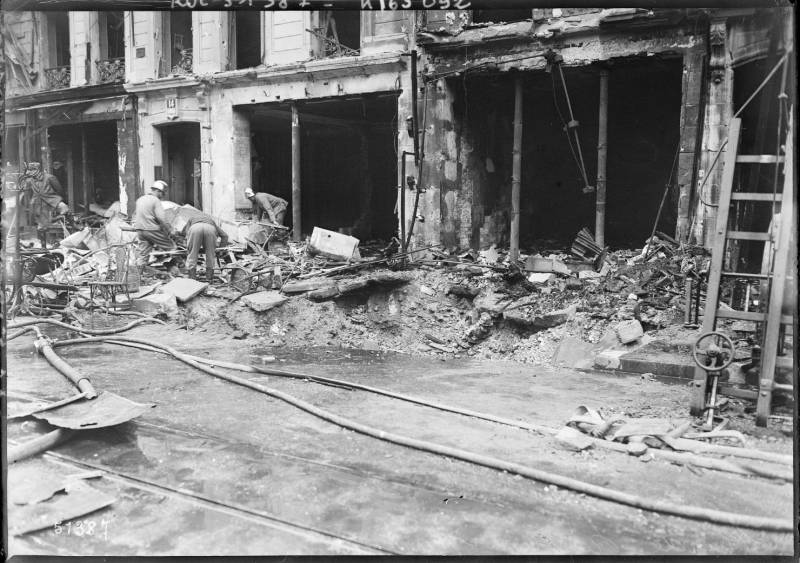
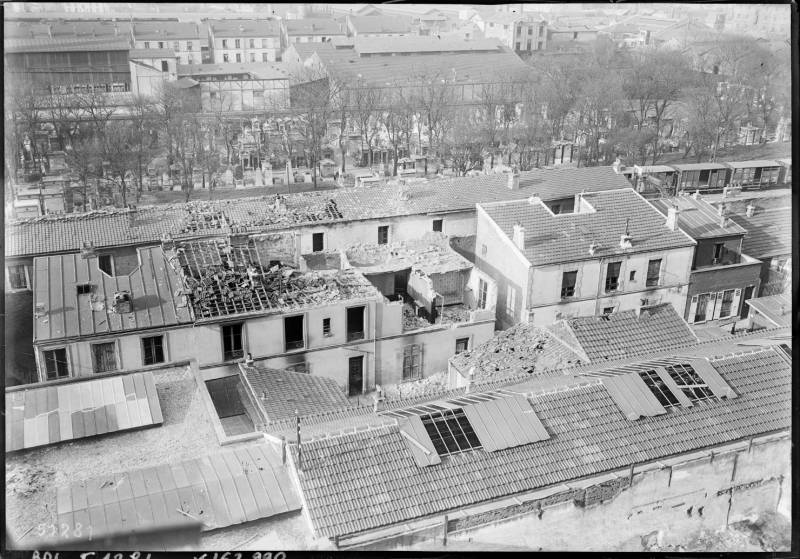
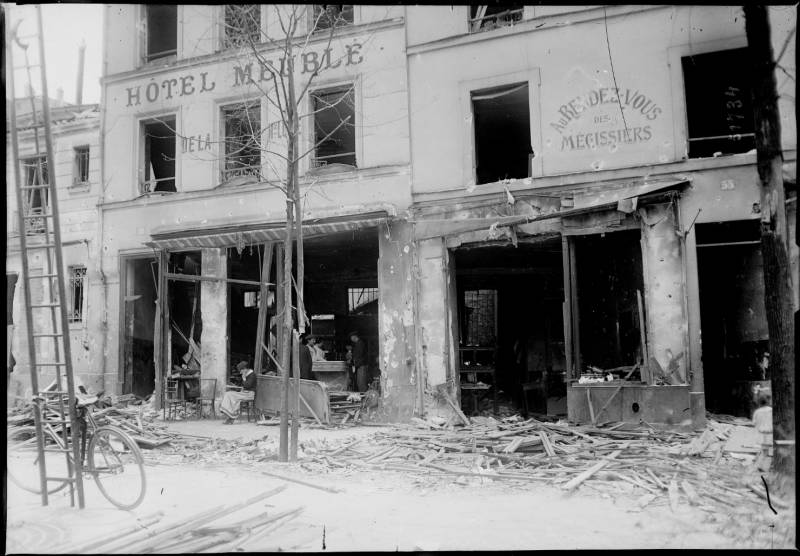
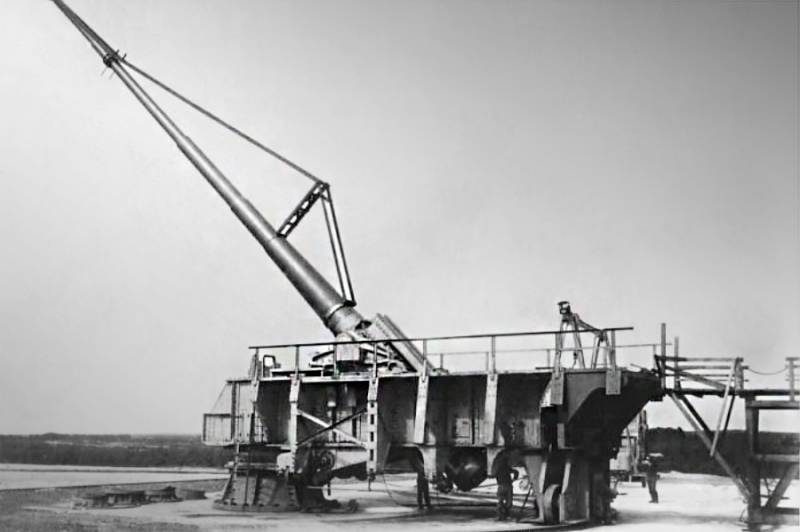
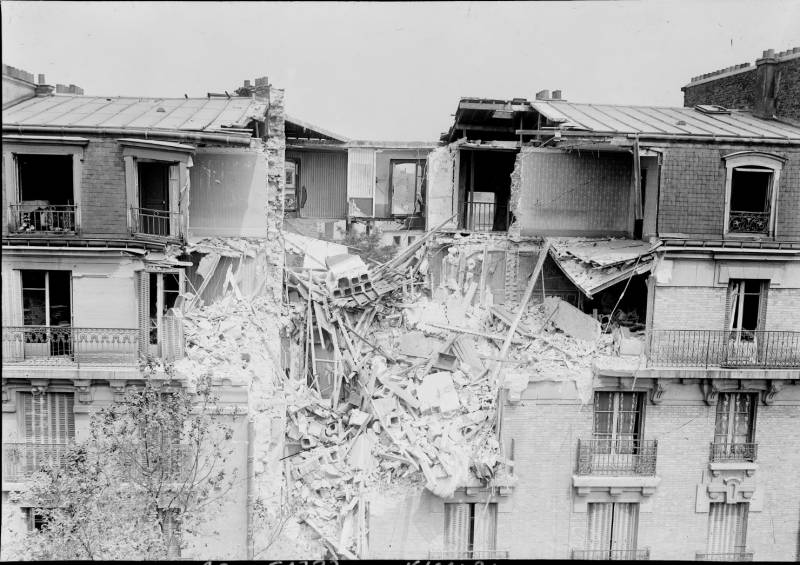
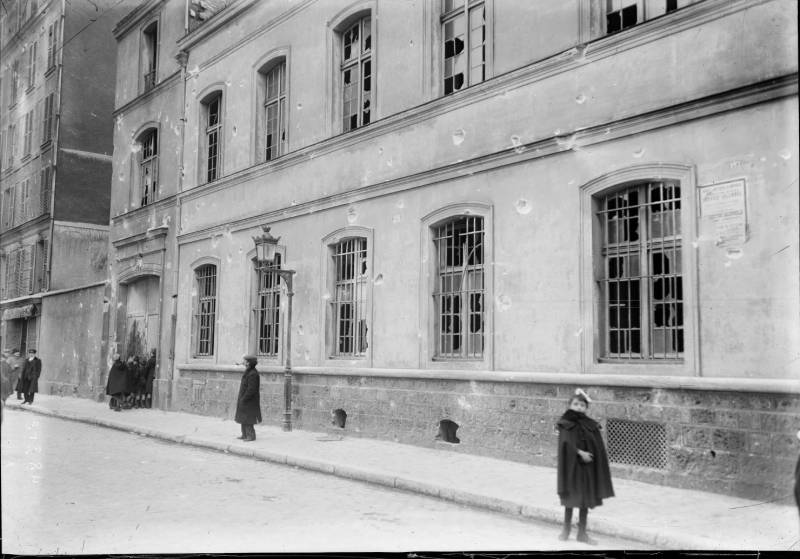
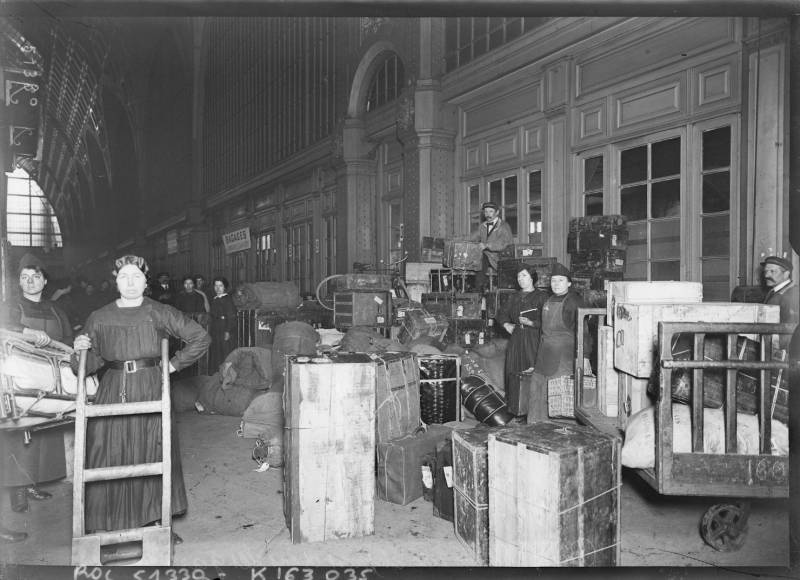
Information